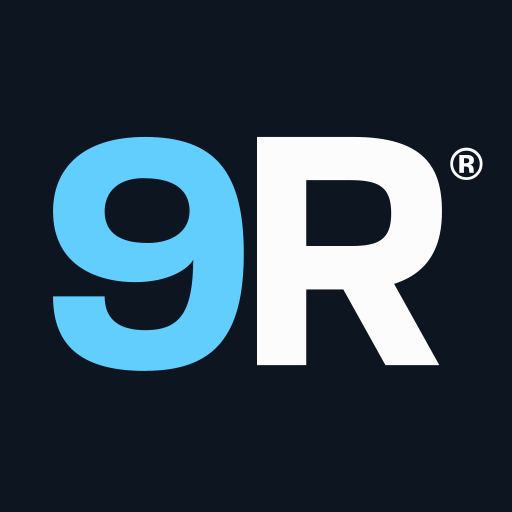
Why Challenger Brands Should Be Early Adopters
Now more than ever, it is important for challenger brands to stand out against their competition. They emerged to compete with market leader and niche brands — the Nike, Apple and Starbucks brands of the world — but challenger brands have the difficult task of setting themselves apart in order to make a valuable impact. It starts with being an early adopter.
Hold up — how do you know if you’re a challenger brand?
A challenger brand is given its name for a reason — it challenges something about practices or behaviors in the world. An example would be Aviation Gin as they challenge the category by producing tongue-in-cheek, humorous content in an otherwise serious category. Or Warby Parker, who challenges the dynamic of how consumers can order prescription glasses — shifting from the B2B model to B2C.
To help paint the full picture, here are the categories that define brands:
1. Market Leader
A brand with the largest market share
2. Disruptor brand
Has a unique offering that is different compared to the market leader
3. Niche/Indie brand
Have high level of loyalty but low levels of penetration
4. Challenger brand
Similar strategy to market leader, but with less share. Which means they must be a brand that is defined by a mindset of boldness and ambition beyond their current size.
The 9Rooftops Perspective
Challenger brands are like the underdog — show ‘em what you got, be bold and don’t stop until everyone is rooting for you.
Got it – So what’s an early adopter?
An early adopter originates from Rogers’ diffusion curve, which is a theory that tries to explain how, why and at what rate new innovations spread:

Let’s break that down a bit:
1. Innovators
Individuals or brands who adopt new methods, technologies, products or ideas simply because they are new. They tend to take risks.
2. Early adopters
Individuals or brands that create opinions which turn into trends. They are like innovators in how quickly they adopt to new innovations, but they are more focused on being known as trendsetters.
3. Early majority
Individuals or brands in this group take a longer time to adopt a new idea. They do not care about starting the trend, it needs to make sense before they adopt it.
4. Late majority
Individuals or brands in this category adopt new innovations much later, after it has already been tried by many and deemed safe.
5. Laggards
Individuals or brands that are last to adopt new innovations. They tend not to like change and may only adopt when they have no other choice.
The 9Rooftops Perspective
Being an early adopter can help your brand build a reputation strong enough to compete with top-dog market leaders. The early bird really does get the worm.
So how does a challenger brand become an early adopter?
For challenger brands to stand out to consumers, they need to take the risk of starting a trend or leading a conversation. From taking a stand with culturally relevant big ideas or pushing out content via new social media platforms, a challenger brand needs to not be afraid to try new innovations or be the first to market, as they have the ability to get all the positive impacts of being “first” if they do. This can be scary when it comes to media planning and buying for example, as it could mean testing new channels or partners without proof to back them up. But the reward of brand awareness, reputation and interaction is worth it. For example, when Snapchat first came to market, all the reporting metrics that are available today were not available at launch. But that does not mean that the very first advertisers on the platform did not gain value. By being the first, they connected with the influential audience of Early Adopters & Innovators while being one themselves.
There are a lot of challenger brands trying to find their place in this world and the best way for them to make an impact, stand out and influence the market is to be an early adopter.
The 9Rooftops full-circle perspective
If a challenger brand wants to succeed, they must see “being first” from a new perspective — not as a risk, but as an opportunity that simply cannot be matched. It’s also a golden opportunity to capitalize on your primary advantage as a challenger brand: the ability to stay agile and move quickly in response to shifting trends, as opposed to slower market leaders that struggle to respond quickly due to organizational inertia.
This is not an advertisement, and solely reflects the views and opinions of the author. This website and its commentaries are not designed to provide legal or other advice and you should not take, or refrain from taking, action based on its content. Additionally, unless otherwise stated, neither 9Rooftops nor the author is involved in, or responsible for, the marketing or promotional efforts of the individuals or entities discussed.
